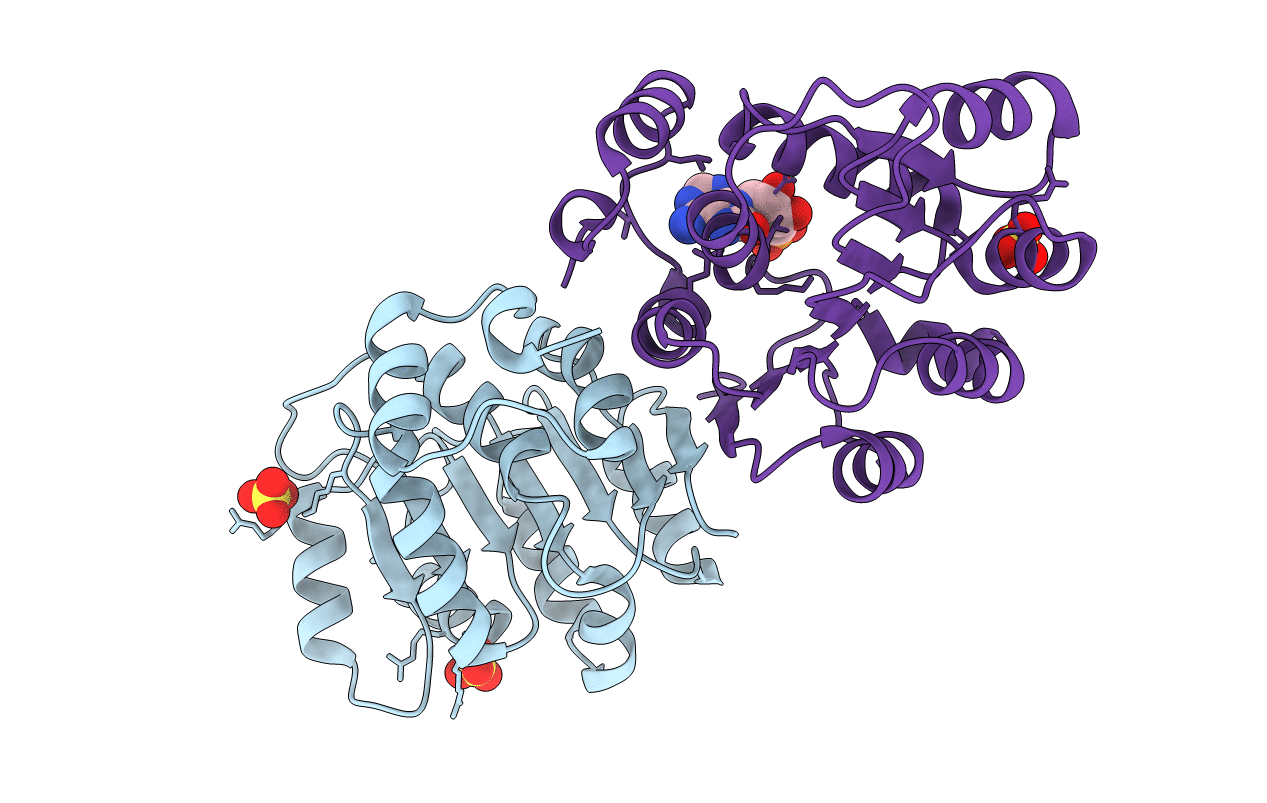
Deposition Date
2010-05-06
Release Date
2011-03-23
Last Version Date
2023-11-01
Entry Detail
PDB ID:
3MWK
Keywords:
Title:
Q28E mutant of HERA N-terminal RecA-like domain, complex with 8-oxo-AMP
Biological Source:
Source Organism:
Thermus thermophilus (Taxon ID: 262724)
Host Organism:
Method Details:
Experimental Method:
Resolution:
1.45 Å
R-Value Free:
0.20
R-Value Work:
0.15
R-Value Observed:
0.16
Space Group:
P 41 21 2


